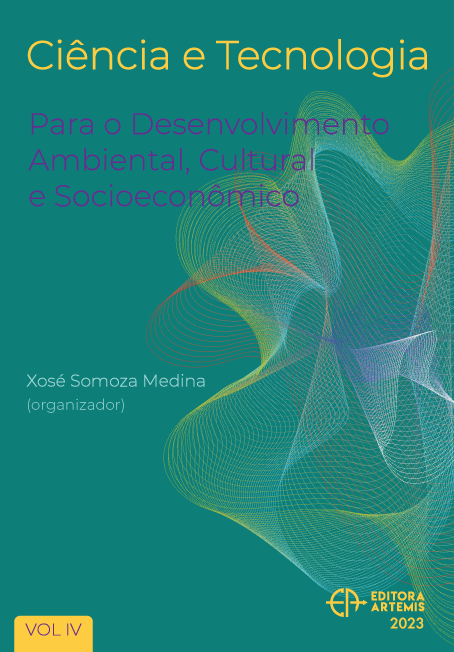
CUANTIFICACIÓN DE ANTOCIANINAS EN MAÍZ AZUL
En el Altiplano Central de México, que incluye los estados de México, Hidalgo, Puebla y Tlaxcala, con altitudes de 2200 a 2600 msnm, se siembran aproximadamente 150 mil hectáreas con maíz azul y se producen 300 mil toneladas de grano que son destinadas principalmente a la elaboración de alimentos tradicionales muy diversos y de alta demanda. El grano maíz azul contiene antocianinas en el pericarpio y/o en la capa de aleurona, estos colorantes proporcionan al cariópside su color característico, el cual asume una extensa variedad de intensidades y tonalidades según la constitución genotípica de la variedad. Además de su papel funcional como colorantes, las antocianinas son agentes nutracéuticos útiles para la salud y la nutrición, así como para la obtención de productos dermatológicos con valor agregado, tales como cremas antienvejecimiento, desmaquillantes, etc. Por lo anterior, el consumo de este tipo de maíz pigmentado se ha incrementado y su producción no satisface la demanda actual. Una opción para elevar la productividad del maíz azul es desarrollar híbridos de alto rendimiento en campo y con contenido elevado de antocianinas en el grano. Por ello, el objetivo del presente trabajo fue determinar la cuantía de las antocianinas acumuladas en los granos de un híbrido trilineal de maíz azul, tanto en sus líneas como en sus cruzas progenitoras. Para lograr lo anterior, se cuantificaron las antocianinas en los granos enteros del híbrido trilineal de maíz azul, en sus líneas endogámicas y sus cruzas simple y trilineal. Se manejó un diseño experimental de bloques al azar con cuatro repeticiones de 25 semillas. Los resultados se sometieron a análisis de varianza y las medias de tratamientos se compararon con la prueba de Tukey (P ≤ 0.05). Se concluyó que las líneas endogámicas parentales alcanzaron niveles mayores del pigmento, en comparación con las cruzas simple y trilineal.
CUANTIFICACIÓN DE ANTOCIANINAS EN MAÍZ AZUL
-
DOI: 10.37572/EdArt_30112311612
-
Palavras-chave: Zea mays, alimentos nutracéuticos, maíz pigmentado, pigmentos vegetales.
-
Keywords: Zea mays, nutraceutical foods, pigmented corn, plant pigments.
-
Abstract:
In the Central Highlands of Mexico, which includes the states of Mexico, Hidalgo, Puebla, and Tlaxcala, with altitudes of 2200 to 2600 meters above sea level, approximately 150 thousand hectares are planted with blue corn, and 300 thousand tons of grain are produced, which are mainly destined for the preparation of very diverse and high-demand traditional foods. The blue corn grain contains anthocyanins in the pericarp and the aleurone layer; these pigments provide the caryopsis with its characteristic color, which assumes a wide variety of intensities and tones depending on the genotypic constitution of the variety. In addition to their functional role as colorants, anthocyanins are useful nutraceutical agents for health and nutrition, as well as for obtaining dermatological products with added value, such as anti-aging creams, makeup removers, etc. Due to the above, the consumption of this type of pigmented corn has increased and its production does not satisfy current demand. One option to increase the productivity of blue corn is to develop hybrids with high yield in the field and with high anthocyanin content in the grain. Therefore, the objective of this work was to determine the amount of anthocyanins accumulated in the grains of a trilinear hybrid of blue corn, both in its lines and in its parental crosses. To achieve the above, anthocyanins were quantified in the whole grains of the trilinear hybrid of blue corn, in its inbred lines and its simple and trilinear crosses. A randomized block experimental design was used with four repetitions of 25 seeds. The results were subjected to analysis of variance and treatment means were compared with Tukey's test (P ≤ 0.05). It was concluded that the parental inbred lines reached higher levels of pigment, compared to the simple and trilinear crosses.
-
Número de páginas: 10
- Germán Fernando Gutiérrez-Hernández
- José Luis Arellano-Vázquez
- Luis Fernando Ceja-Torres
- Estela Flores-Gómez
- Patricia Vázquez-Lozano

